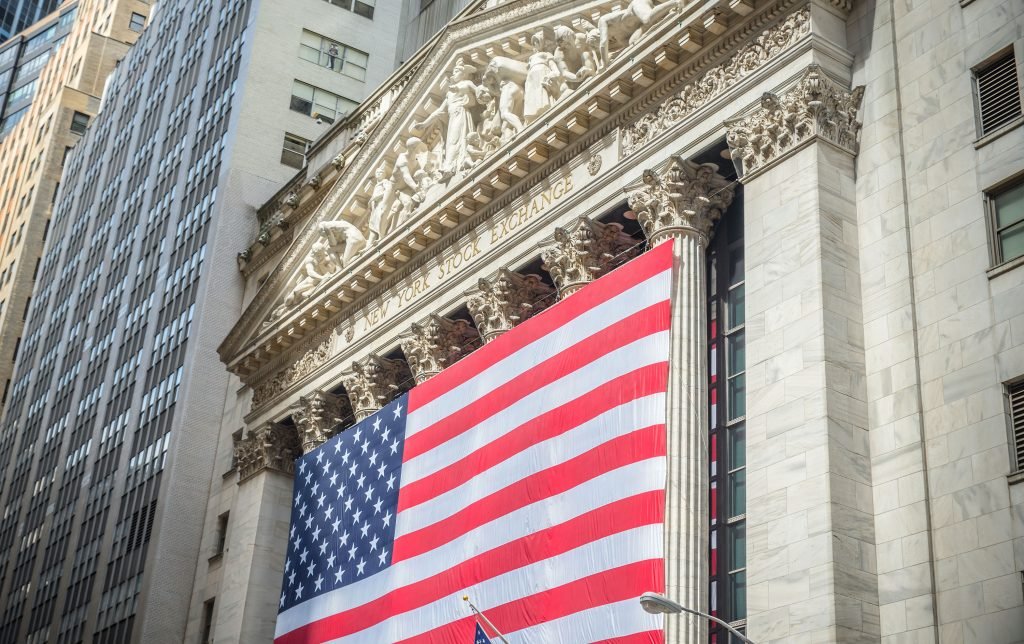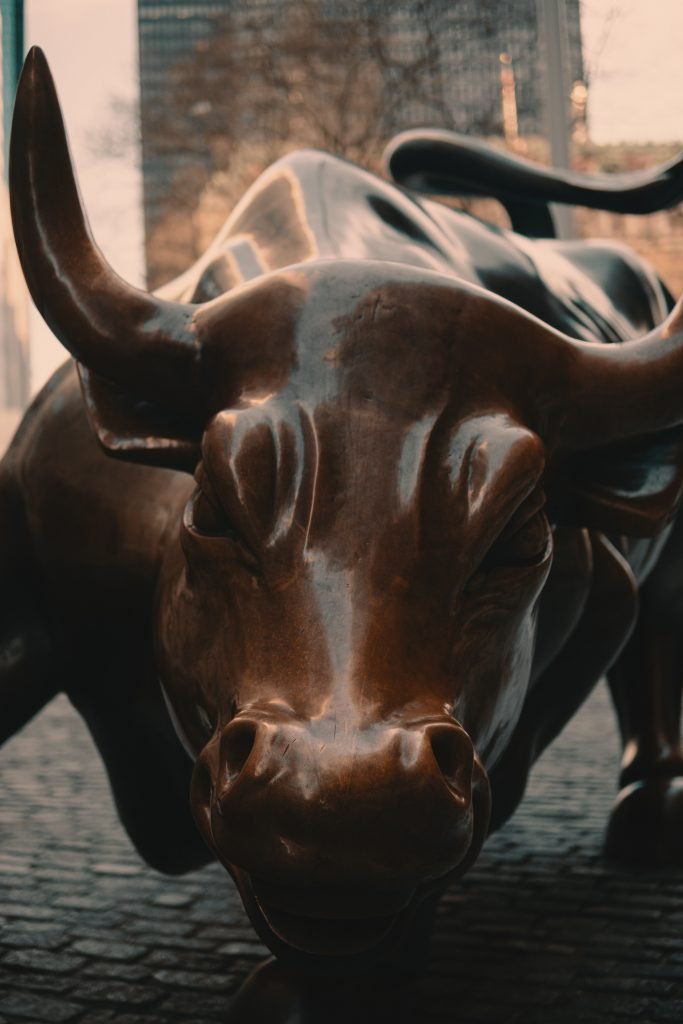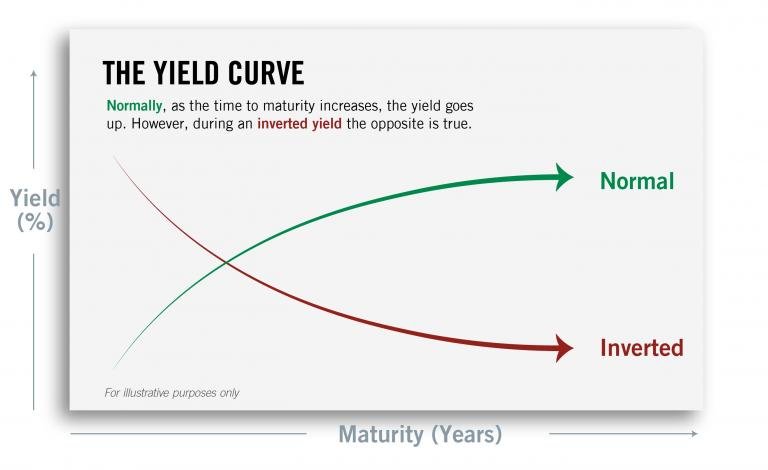-
Research
-
Latest Research
-
Latest VideosFSI Pro FSI Macro FSI Crypto
- Tom Lee, CFA AC
-
First WordFSI Pro FSI Macro
-
Intraday WordFSI Pro FSI Macro
-
Macro Minute VideoFSI Pro FSI Macro
-
OutlooksFSI Pro FSI Macro
- Mark L. Newton, CMT AC
-
Daily Technical StrategyFSI Pro FSI Macro
-
Live Technical Stock AnalysisFSI Pro FSI Macro
-
OutlooksFSI Pro FSI Macro
- L . Thomas Block
-
US PolicyFSI Pro FSI Macro
- Market Intelligence
-
Your Weekly RoadmapFSI Pro FSI Macro FSI Weekly
-
First to MarketFSI Pro FSI Macro
-
Signal From Noise
-
Earnings DailyFSI Pro FSI Macro FSI Weekly
-
Fed WatchFSI Pro FSI Macro
- Crypto Research
-
StrategyFSI Pro FSI Crypto
-
CommentsFSI Pro FSI Crypto
-
Funding FridaysFSI Pro FSI Crypto
-
Liquid VenturesFSI Pro FSI Crypto
-
Deep ResearchFSI Pro FSI Crypto
-
-
Webinars & More
- Webinars
-
Latest WebinarsFSI Pro FSI Macro FSI Crypto
-
Market OutlookFSI Pro FSI Macro FSI Crypto
-
Granny ShotsFSI Pro FSI Macro FSI Crypto
-
Technical StrategyFSI Pro FSI Macro FSI Crypto
-
CryptoFSI Pro FSI Macro FSI Crypto
-
Special GuestFSI Pro FSI Macro FSI Crypto
- Media Appearances
-
Latest Appearances
-
Tom Lee, CFA AC
-
Mark L. Newton, CMT AC
-
Sean Farrell AC
-
L . Thomas Block
-
⚡FlashInsights
-
Stock Lists
-
Latest Stock Lists
- Super and Sleeper Grannies
-
Stock ListFSI Pro FSI Macro
-
CommentaryFSI Pro FSI Macro
-
HistoricalFSI Pro FSI Macro
- SMID Granny Shots
-
Stock ListFSI Pro FSI Macro
-
PerformanceFSI Pro FSI Macro
-
CommentaryFSI Pro FSI Macro
-
HistoricalFSI Pro FSI Macro
- Upticks
-
IntroFSI Pro FSI Macro
-
Stock ListFSI Pro FSI Macro
-
PerformanceFSI Pro FSI Macro
-
CommentaryFSI Pro FSI Macro
-
FAQFSI Pro FSI Macro
- Sector Allocation
-
IntroFSI Pro FSI Macro
-
Current OutlookFSI Pro FSI Macro
-
Prior OutlooksFSI Pro FSI Macro
-
PerformanceFSI Pro FSI Macro
-
SectorFSI Pro FSI Macro
-
ToolsFSI Pro FSI Macro
-
FAQFSI Pro FSI Macro
-
-
Crypto Picks
-
Latest Crypto Picks
- Crypto Core Strategy
-
IntroFSI Pro FSI Crypto
-
StrategyFSI Pro FSI Crypto
-
PerformanceFSI Pro FSI Crypto
-
ReportsFSI Pro FSI Crypto
-
Historical ChangesFSI Pro FSI Crypto
-
ToolsFSI Pro FSI Crypto
- Crypto Liquid Ventures
-
IntroFSI Pro FSI Crypto
-
StrategyFSI Pro FSI Crypto
-
PerformanceFSI Pro FSI Crypto
-
ReportsFSI Pro FSI Crypto
-
-
Tools
-
FSI Community
-
FSI Snapshot
-
Market Insights
-
FSI Academy
-
Book Recommedations
- Community Activities
-
Intro
-
Community Questions
-
Community Contests
-
Part 1
The Origins of Central Banks and the Federal Reserve
Fundstrat Head of Research Tom Lee frequently tells investors, “Don’t fight the Fed,” asserting that the Fed is the most powerful entity in the world. For the better part of two years, Lee, along with Fundstrat’s other research department heads, have followed the Fed closely, monitoring not just the meetings of the Federal Open Markets Committee, but also public appearances and remarks made by Fed Chair Jerome Powell and other Federal Reserve officials. The Federal Reserve is mentioned prominently in FS Insight research, and our Fedwatch note summarizes our views after each FOMC meeting. But just what is the Federal Reserve?
The Origins of Central Banks
The Federal Reserve is the central bank of the United States. Because of the prominence of the U.S. economy, its actions and policies are closely followed around the world. Other closely watched central banks include the European Central Bank (ECB), the Bank of England, and the Bank of Japan. (China’s central bank, the People’s Bank of China, is not as widely followed for reasons that will be discussed shortly).
The concept of a central bank has its origins in 17th-century Europe. The Bank of England was founded in 1694. Initially, the BOE was the government’s banker, issuing banknotes and lending money to the government as needed. Over time, it also began managing England’s gold reserves, and in 1997, the Bank of England became operationally independent. Though led by political appointees, the BOE’s operations and policy decisions are not otherwise subject to direct political influence. BOE also supervises banks, manages gold and foreign currency reserves.
Over time, other nations saw the need for central banks of their own. The Banque de France was founded in 1800, while the Swiss National Bank was founded in 1906. As with the Bank of England, these banks initially had the issuing or oversight of currency as one of their primary responsibilities.
In the U.S., Alexander Hamilton (the first U.S. Treasury Secretary) had created a central bank after the nation was founded, but it proved short-lived, with opponents of a strong federal government successfully defeating attempts to renew the banks’ legislative mandates after their initial terms.
Birth of the Federal Reserve
The U.S. saw a series of bank panics in the U.S. in the late 1800s and first decade of the 20th century that nearly resulted in the complete collapse of the U.S. banking system, requiring bailouts from private-sector financial institutions led by J.P. Morgan. This provided the impetus needed to push through the creation of the Federal Reserve, as the government decided that it was better to have a central bank promoting financial stability rather than rely on the emergency private-sector bailouts.
The Federal Reserve had an easy go of it in the beginning, with the boom time known as the Roaring Twenties. During this time, the Fed created the Federal Reserve note – what we today know as U.S. currency. It also updated the banking system with reserve requirements, short-term lending services, and limited transaction processing services.
About 15 years after the Fed was founded, the Great Depression broke out. Of course, many, many different factors combined to cause the Great Depression, but in hindsight, many – though not all – historians and economists agree that the Fed’s policy mistakes contributed to the crisis. As the U.S. economy began to falter, for instance, rather than easing interest rates, the Fed opted to raise them – perhaps more focused on supporting the dollar (then tied to the gold standard) or discouraging stock-market speculation. The Fed also failed to adequately support banks as they faced increasingly frequent bank runs, destabilizing the banking system.
Ultimately, the events of the Great Depression led to changes at the Fed and at central banks, as focus shifted, with greater attention being paid to the use of monetary policy tools, such as influencing interest rates and the money supply, to maintain economic stability and growth.
As for the Fed, after the Depression, it was restructured. Authority shifted to the Board of Governors, while some of its powers were transferred to the Treasury Department and to the newly created FDIC. In the ensuing decades, the Fed would confront new challenges, including the so-called Great Inflation of the late 1970s and early 1980s. We will discuss this in the next chapter.

Related Guides
-
 Series of 4~7 minutesLast updated4 months ago
Series of 4~7 minutesLast updated4 months agoWhy The Mysterious R-Star Should Be on Your Radar
Economists lose sleep over it. Central bankers get asked if we’re close to it. Most Americans don’t realize it, but their lives are quietly guided by it. The it here is the neutral rate of interest, also known as r-star or r*, which powers, penetrates, and binds all aspects of the economy.
-
 Series of 8~18 minutesLast updated3 years ago
Series of 8~18 minutesLast updated3 years agoHow To Pick Stocks?
Learn some stock-picking techniques to master your strategies.




